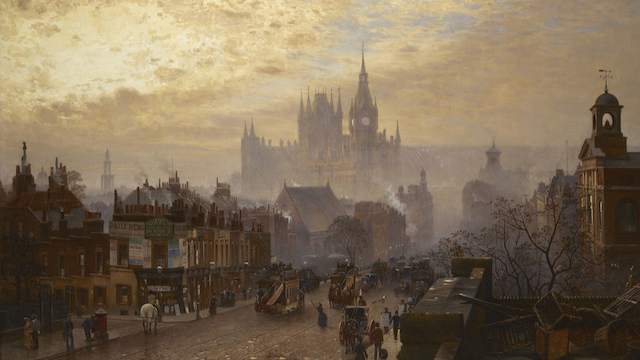This from Marcel Berlins’ crime round-up:
The Dead Can Wait by Robert Ryan
Dr John Watson was not, it seems, quite as dim as he’s portrayed in the Sherlock Holmes stories. Robert Ryan (with the consent of the Conan Doyle estate) reveals his true mettle. The Dead Can Wait is in no sense a pastiche, but a seriously good, very readable, well-researched novel incorporating the First World War, detection and espionage. It is 1916. Watson has become an expert on the injuries and mental traumas suffered by soldiers in battle. The British are secretly developing a new kind of weapon. But, in its first test, seven men involved become insane, then die spectacularly. The sole survivor is rendered mute. Watson is commanded to discover the causes of the tragedy, but there are foreign spies around and enemies within.
The Dead Can Wait by Robert Ryan, Simon and Schuster, 463 pp, £18.99. To buy this book for £14.99, visit thetimes.co.uk/bookshop. Also available from Amazon.
This from Scott’s Miscellany:
There was a single line in one of the last Holmes books which said that Watson had gone back to his ‘old unit’ – that being the RAMC, and given that we were on the brink of WWI, that means he went back to war.
Thus arises one of the best post-Conan Doyle Sherlockian series, and a fantastic historical crime series. The Major John Watson we come to know in the trenches in DEAD MAN’S LAND and again here in the UK in The Dead Can Wait is a humane, compassionate, competent individual, who nevertheless appreciates the help of his steadily deteriorating friend, Holmes. The horrors of war are not stinted, but nor are they gratuitous. In DML, we (well, I) learned a huge amount about nurses and the various auxilliaries and how they worked, while in TDCW, we (I) learn a lot we (I) didn’t know about ‘shell shock’ and then, later, about the early development of tanks. It’s fascinating, and yet none of it is presented as ‘here is the research I did, now suck it up and learn it’ which is so often the case in historical novels of this sort. It’s all integral to the plot, and carries the dynamic tension even as we’re given a virtual tour of the tank testing grounds. There’s a truly scary German woman-spy, part of a network called the She Wolves, of whom I’m sure (I hope) we’ll learn more, and the very welcome return of Mrs Gregson, the red-headed, motor-bike riding, thoroughly competent nursing auxiliary.

